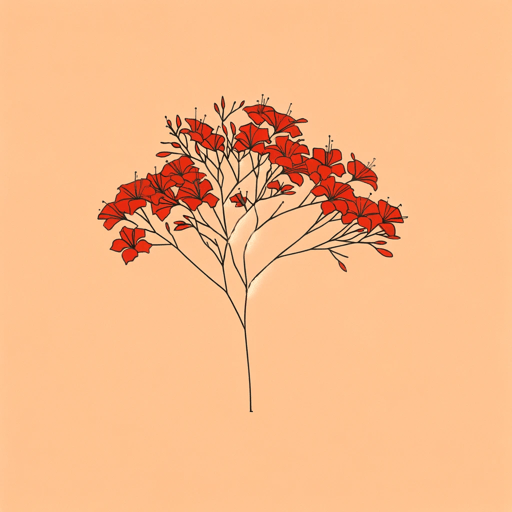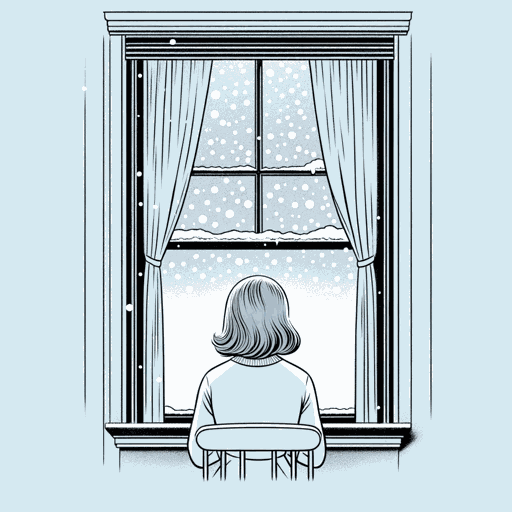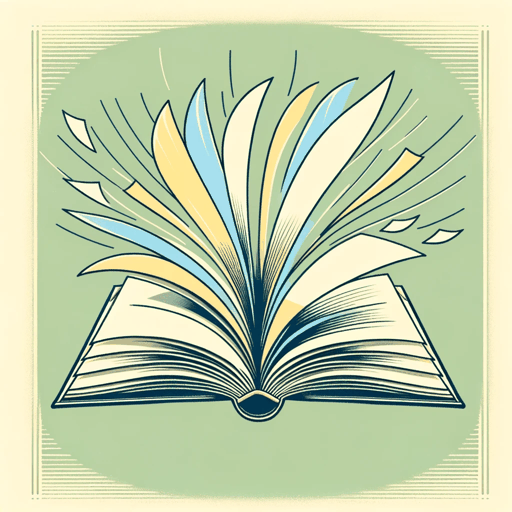48 pages • 1 hour read
Judith Ortiz CoferSilent Dancing: A Partial Remembrance Of A Puerto Rican Childhood
Nonfiction | Biography | Adult | Published in 1990A modern alternative to SparkNotes and CliffsNotes, SuperSummary offers high-quality Study Guides with detailed chapter summaries and analysis of major themes, characters, and more.
Symbols & Motifs
Hair Braiding
Hair braiding symbolizes Mamá’s authority. Cofer found it uncomfortable and painful and would not sit still when her mother attempted to do it. However, she tolerated it stoically, sitting up “straight and stiff” when Mamá did it because her grandmother “detested whining and boba (sissy) tears” (16). Cofer reflects on the meaning of this, highlighting that the reason she would not tolerate her mother’s effort was because she “instinctively knew that [her mother] did not possess Mamá’s matriarchal power to command and keep everyone’s attention” (15). Cofer also uses hair braiding to represent how her time listening to Mamá’s tales shaped her understanding of storytelling and the power of stories. In another sensory moment, she notes that the smells, sounds, and sights that surrounded her as she sat listening to the women’s tales “are forever woven into the fabric of my imagination, braided like my hair that day I felt my grandmother’s hands teaching me about strength, her voice convincing me of the power of story-telling” (19). Both these sensory memories and Mamá’s storytelling are thus threaded into Cofer’s own storytelling, wound together with other influences and braided into her imagination and her life.
Related Titles
By Judith Ortiz Cofer





